This Content Is Only For Subscribers
Running is more than just a workout for many people—it’s a lifestyle. But whether you’re training for a marathon or simply logging a few miles a week for fitness, choosing the right pair of running shoes is essential for comfort, performance, and injury prevention. With the abundance of options on the market, many runners find themselves overwhelmed. Here’s a guide to making an informed and personalized decision.
Every runner has a unique foot structure and gait pattern. A good starting point is identifying whether you have flat feet, high arches, or neutral arches. This can affect how your foot strikes the ground and what level of support or cushioning you’ll need. Many specialty running stores offer gait analysis to help you understand how you move.
Flat feet / Overpronators: Look for stability or motion control shoes that prevent excessive inward rolling of the foot.
High arches / Underpronators: Cushioned shoes with flexible midsoles help absorb shock and encourage natural motion.
Neutral arches: Neutral running shoes with balanced support and cushioning are usually sufficient.
Road Running: If you mainly run on pavement or tracks, prioritize lightweight shoes with ample cushioning.
Trail Running: Trail shoes offer aggressive tread for grip, reinforced toe caps, and added stability for uneven terrain.
Mixed Terrain: Hybrid shoes can be a versatile choice for those who split time between trail and road.
Short-distance or casual runners: Comfort and versatility are key. Look for a shoe that feels good right out of the box.
Long-distance or marathon runners: Opt for shoes with enhanced cushioning, durability, and breathability.
Speed training or races: Lightweight and responsive shoes are ideal for intervals and competitive runs.
Footwear fit can vary significantly between brands and even between models of the same brand. Try shoes on in the late afternoon or evening when your feet are slightly swollen—this simulates your foot size during a run. Make sure there’s enough room in the toe box, the heel is snug, and the shoe flexes with your foot.
Brooks Ghost / Adrenaline GTS: Great for neutral runners and those who need stability, respectively. Known for comfort and durability.
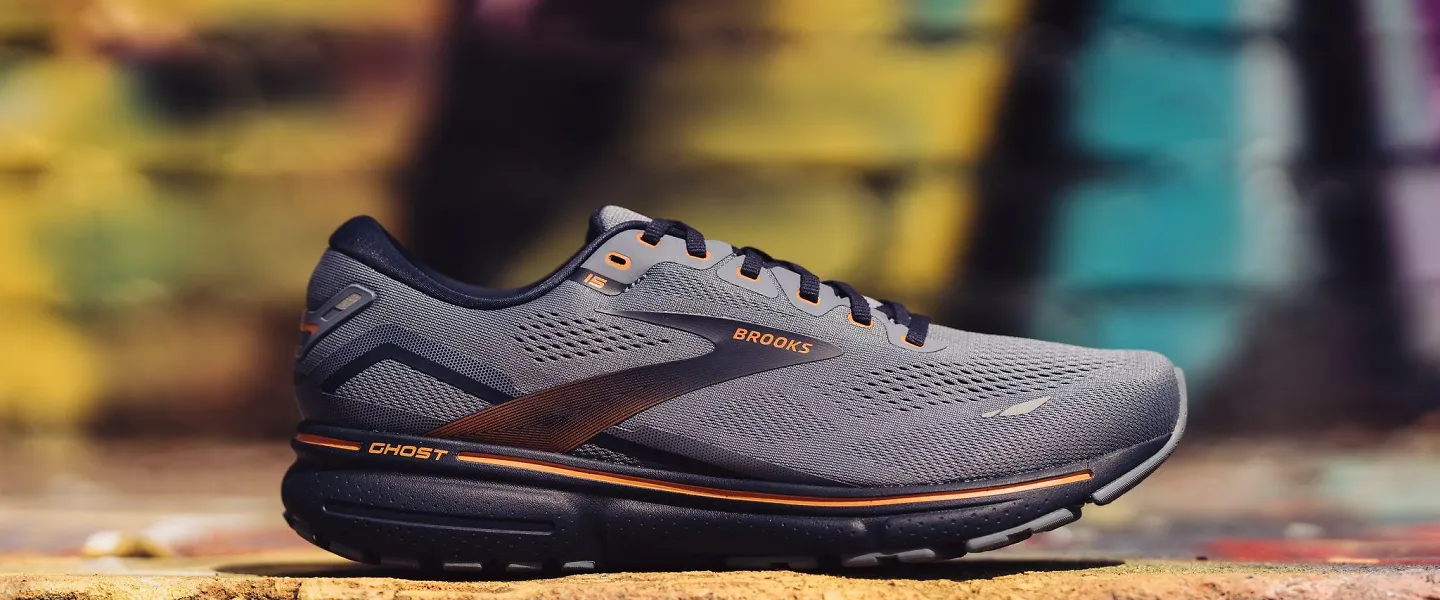
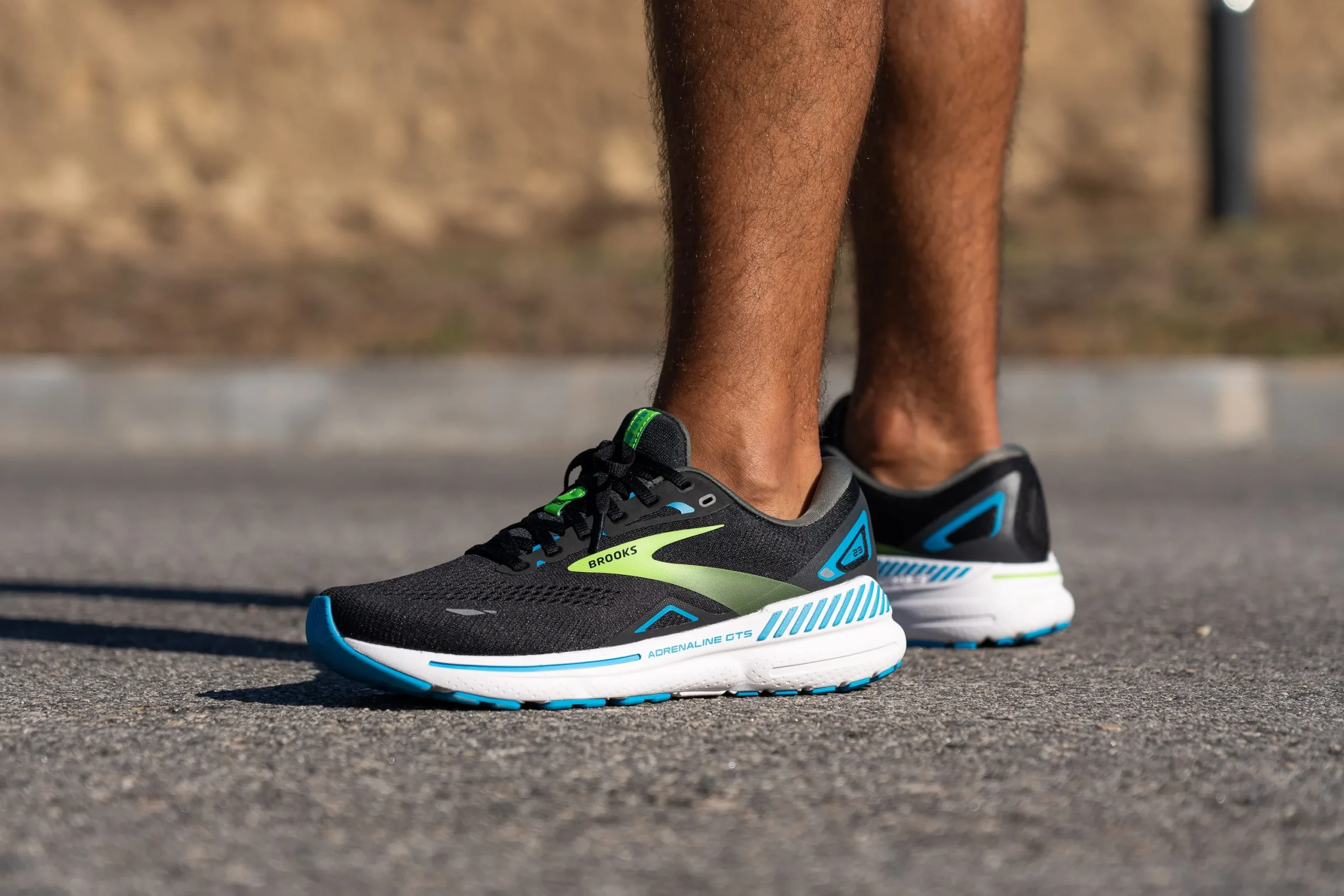
ASICS Gel-Nimbus / Kayano: Reliable for long-distance runners; Kayano offers strong support for overpronators.
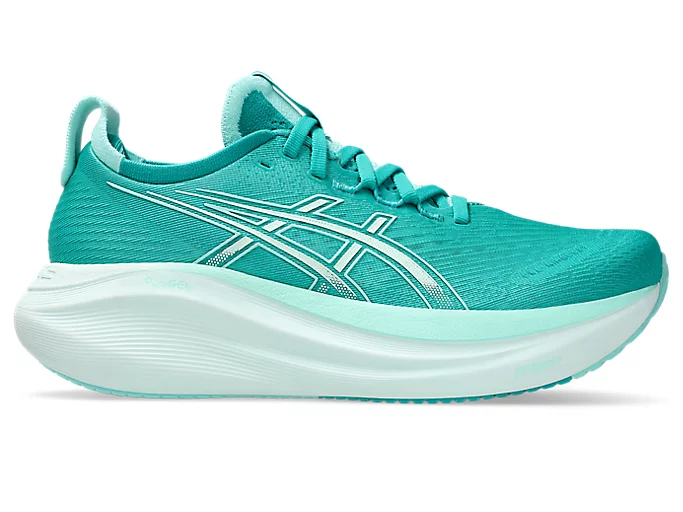
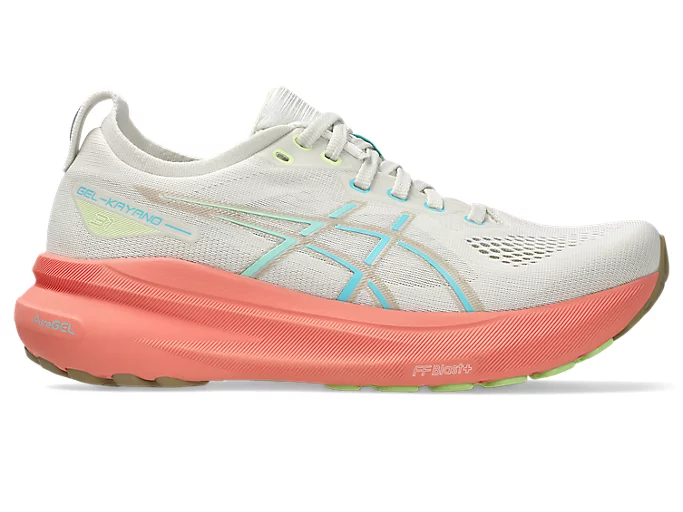
HOKA Clifton / Speedgoat: Popular for maximal cushioning; Speedgoat excels on trails.
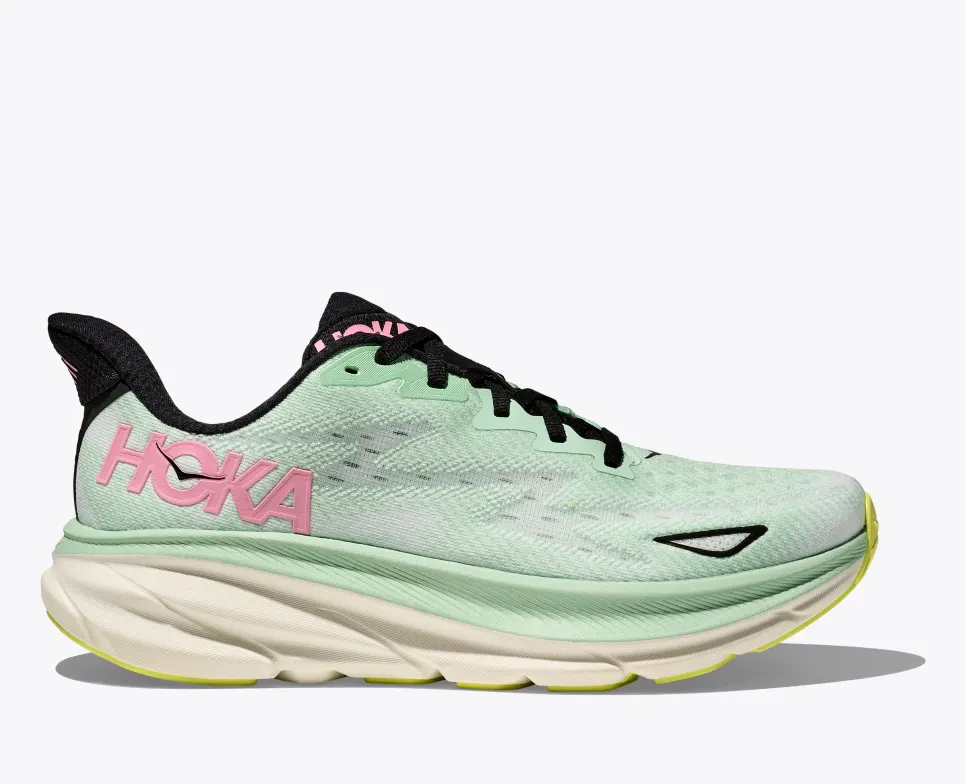
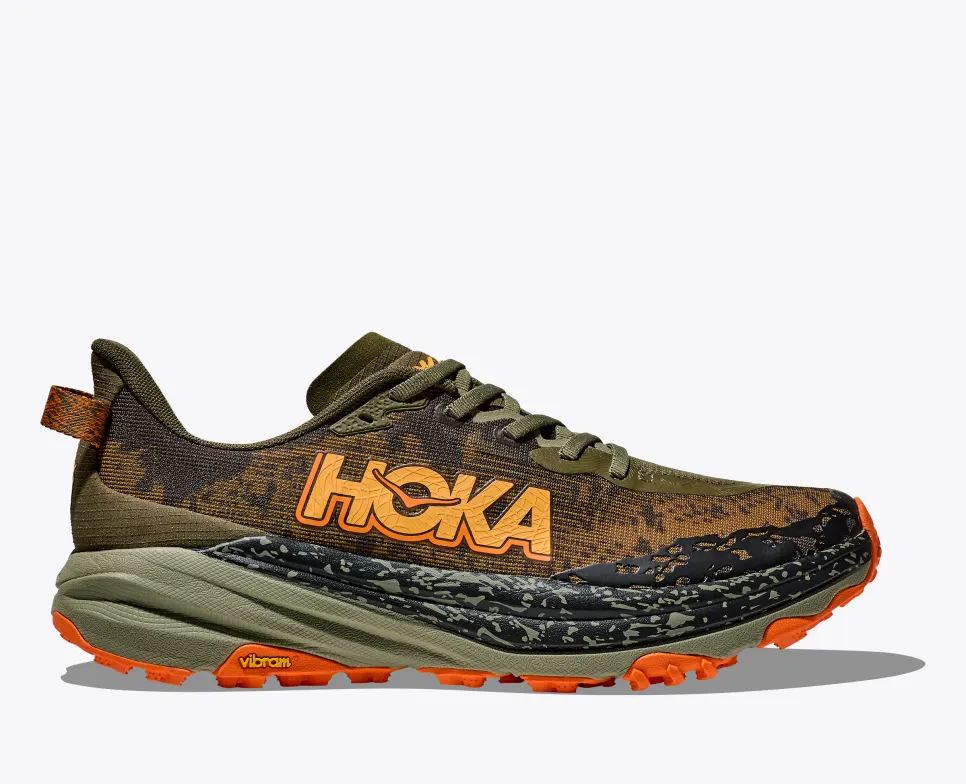
New Balance Fresh Foam 1080: Balanced cushioning with a roomy fit for high-mileage training.
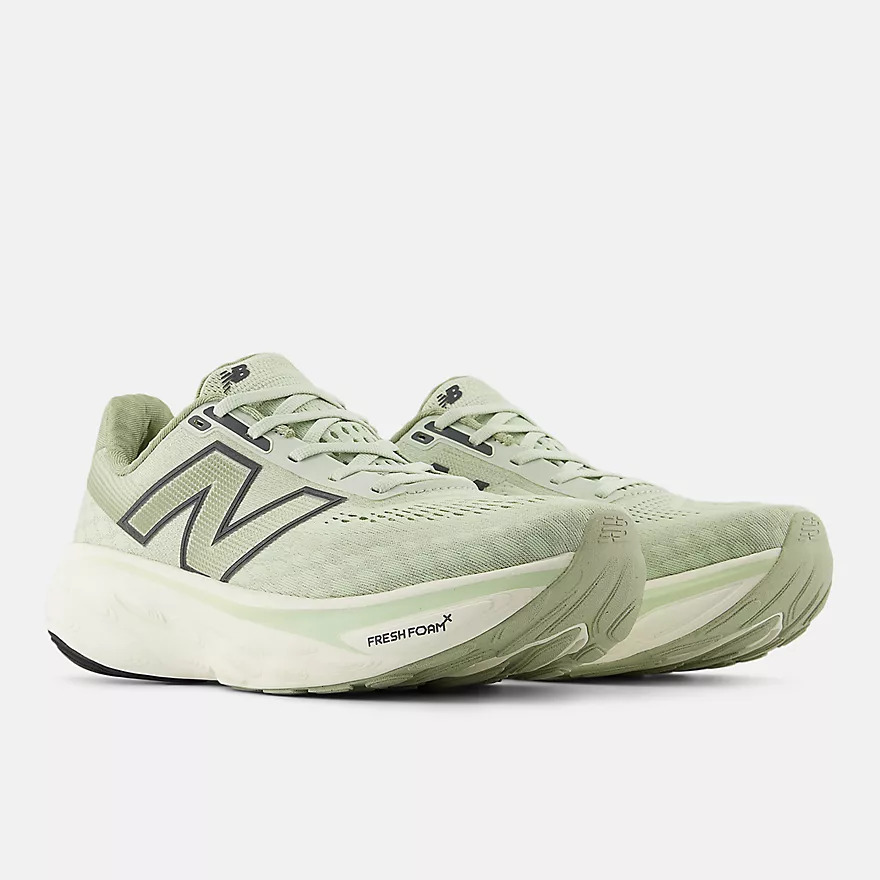
Nike Pegasus / ZoomX Vaporfly: Pegasus is an all-around favorite; Vaporfly is favored by competitive runners for its speed-enhancing tech.
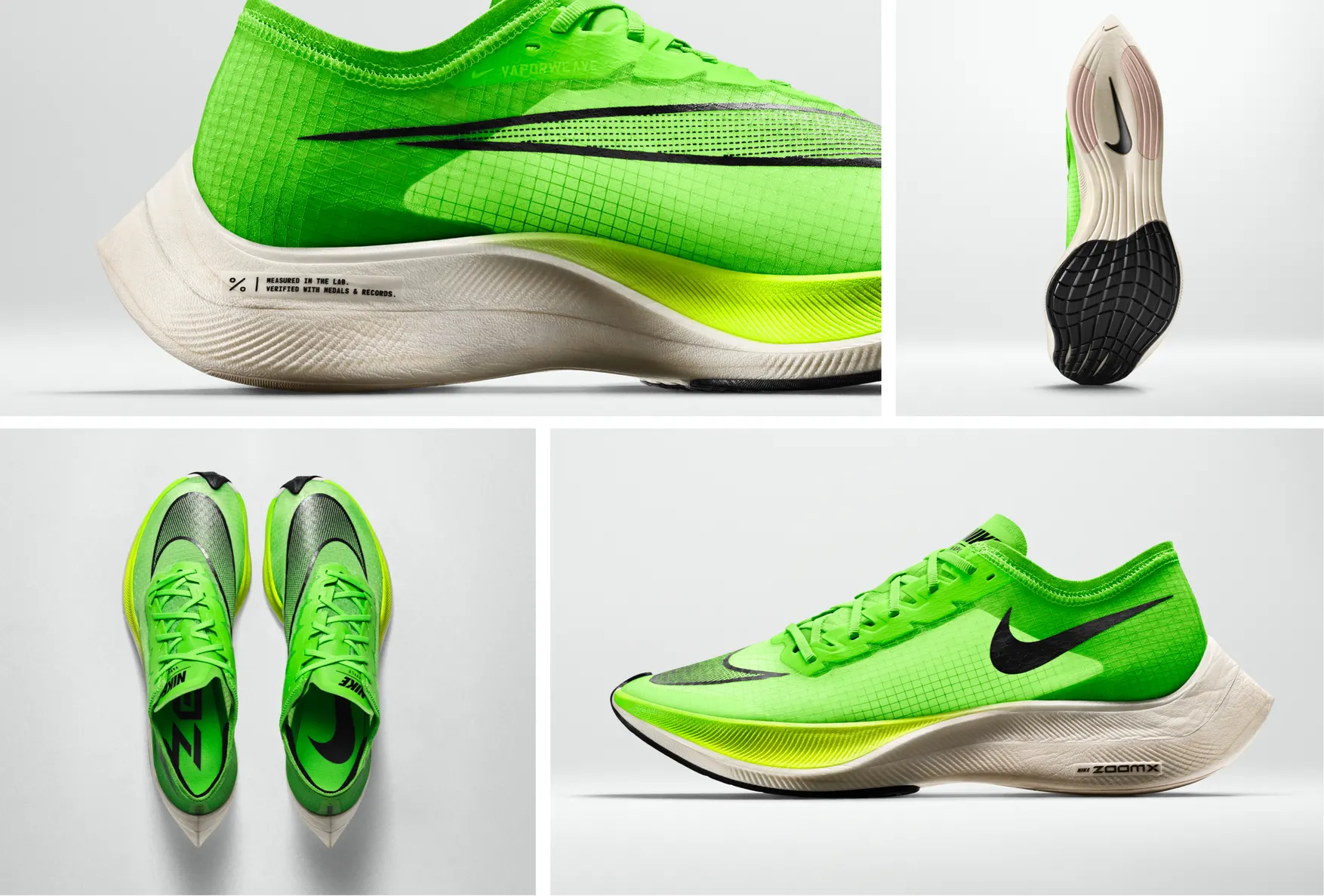
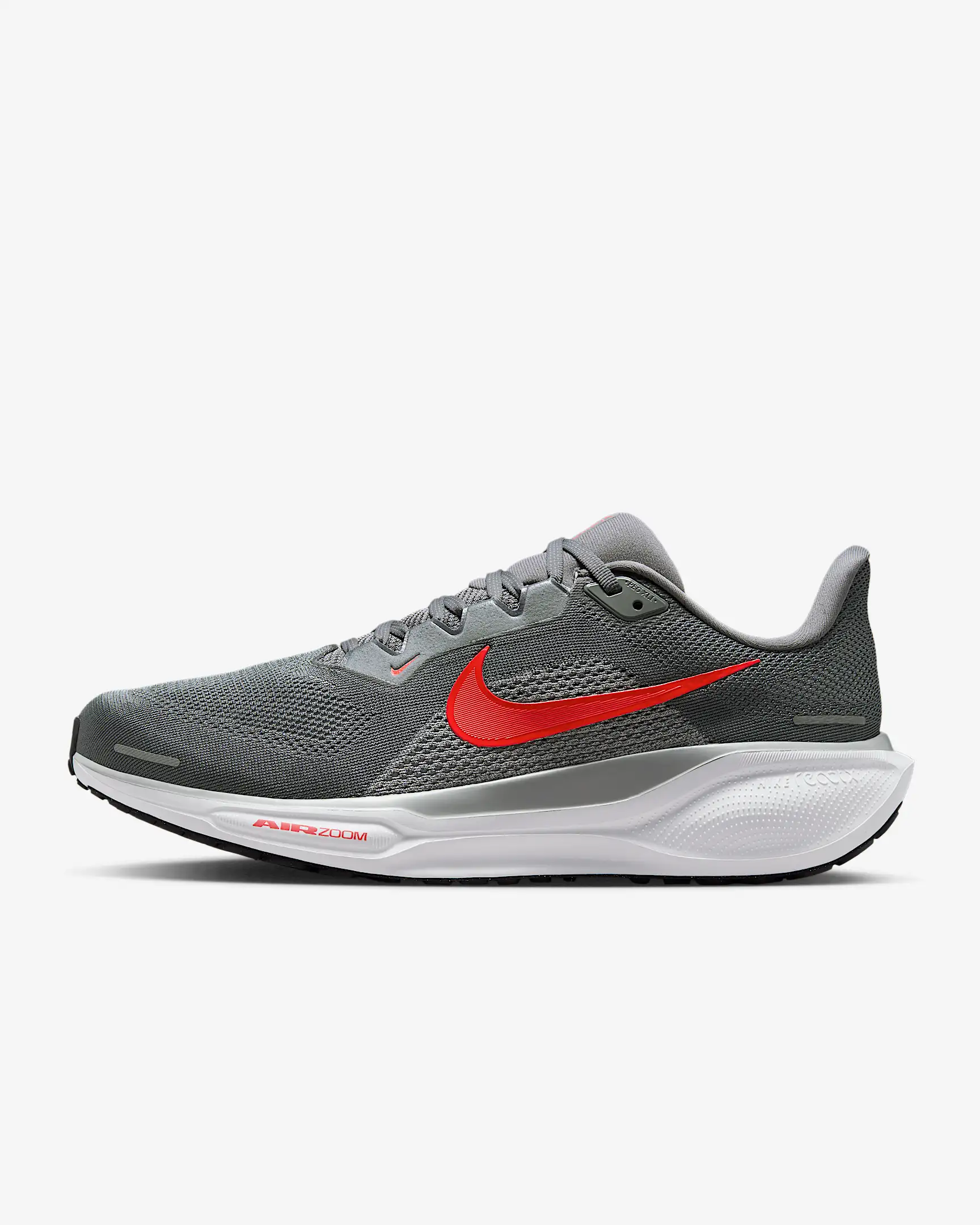
There’s no one-size-fits-all solution in running shoes. The best shoe is the one that matches your feet, your style, and your goals. Replace your shoes every 300–500 miles to maintain support and reduce injury risk. If you’re unsure, seek advice from a trusted running store or a podiatrist.
With the right pair of shoes, running becomes more enjoyable and sustainable—and your feet will thank you every step of the way.



